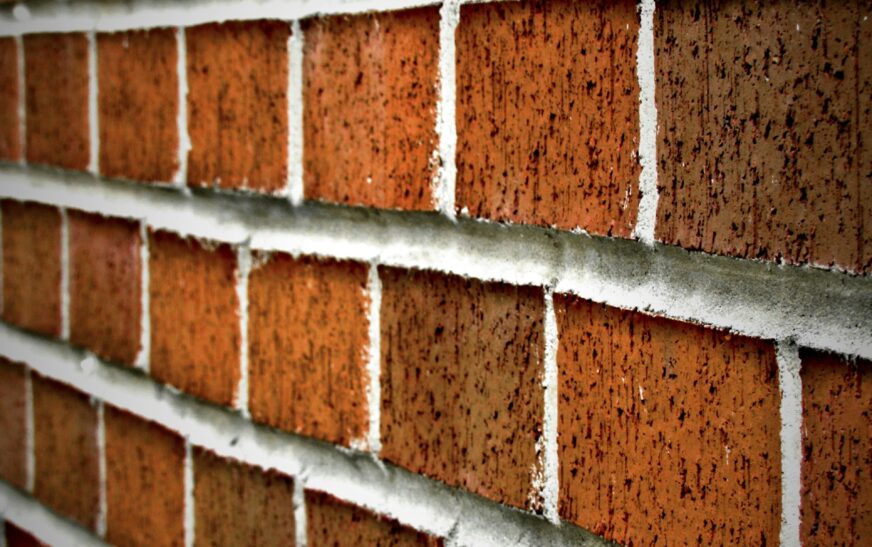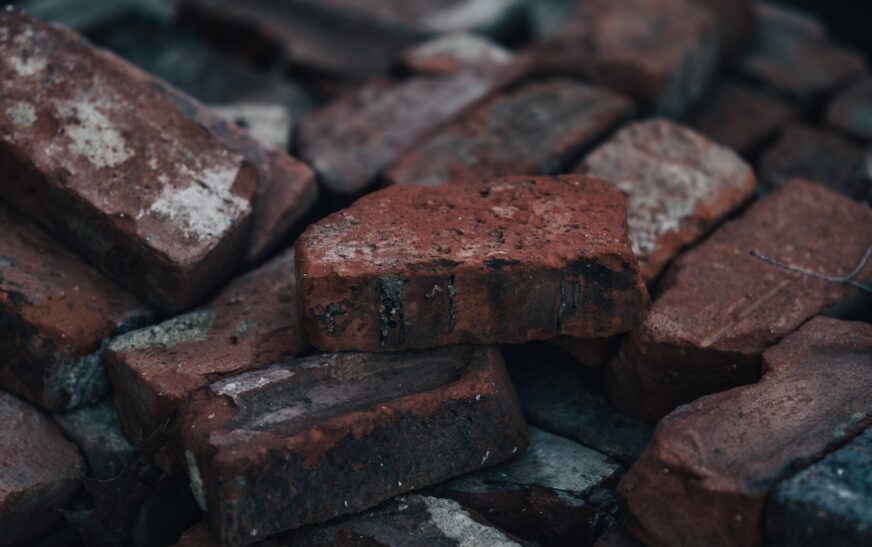Command Strips have revolutionized hanging stuff. No more hammering nails. No more “oops, now I need spackle.” These peel-and-stick little miracles are perfect for picture frames, fairy lights, and keeping your landlord happy.
But here’s the million-dollar question: Will they stick to brick?
Short answer: not really. But let’s unpack why.
How Command Strips Actually Work
Think of Command Strips as super-strong stickers. They rely on pressure-sensitive adhesive that thrives on smooth, flat, non-porous surfaces, like:
- Painted drywall
- Glass
- Finished wood
- Metal
If the surface is clean, flat, and not crumbly, you’re golden.
The Brick Problem
Brick… well, brick isn’t exactly their soulmate. Here’s why:
- Rough texture: Bumps and ridges prevent full contact.
- Porosity: Glue seeps into tiny holes instead of sticking to the surface.
- Dusty: Even scrubbed bricks shed tiny particles—basically trying to tape something to sandpaper.
In short: regular Command Strips and bare brick? Not a match made in heaven.
When Brick Kind of Works
Not all bricks are created equal. You might get away with Command Strips if you have:
- Painted or sealed brick, especially smooth or glossy finishes
- Brick veneer or faux brick panels, which are usually smoother than the real deal
Even then, test in a small corner first. Don’t gamble your favorite framed photo on it.
Better Alternatives (Because Your Brick Deserves Better)
If Command Strips aren’t cutting it, try these smarter options:
- Brick Clips: Grip the edges—no glue, no drilling, reusable.
- Masonry-friendly adhesive hooks: Heavy-duty adhesives built for rough surfaces.
- Velcro Extreme Outdoor Strips: Sticks better to rough surfaces and holds more weight.
- Hot glue (temporary): Works for very light decorations—but messy cleanup ahead.
- Masonry anchors and screws: Old-school, permanent, and reliable for heavy items.
Tips If You’re Determined to Try
For the brave souls still hoping to make Command Strips stick to brick:
- Clean thoroughly: Use rubbing alcohol, not just water.
- Avoid grout lines: They’re even worse for sticking than the brick itself.
- Go heavy-duty: Outdoor or “extreme” strips give you a fighting chance.
- Press and hold: At least 30 seconds for maximum adhesion.
- Start small: Don’t hang grandma’s heirloom mirror as your first test.
Read More : What Is Fire Brick? A Deep Dive into Heat-Resistant Bricks and Their Applications
Real-Life Stories
- It worked: Someone hung fairy lights on a painted, sealed brick patio wall. Success!
- It flopped: Another tried standard strips on bare indoor brick—frame crashed in under an hour.
Moral of the story: Painted or faux brick? Maybe. Real, rough brick? Probably not.










